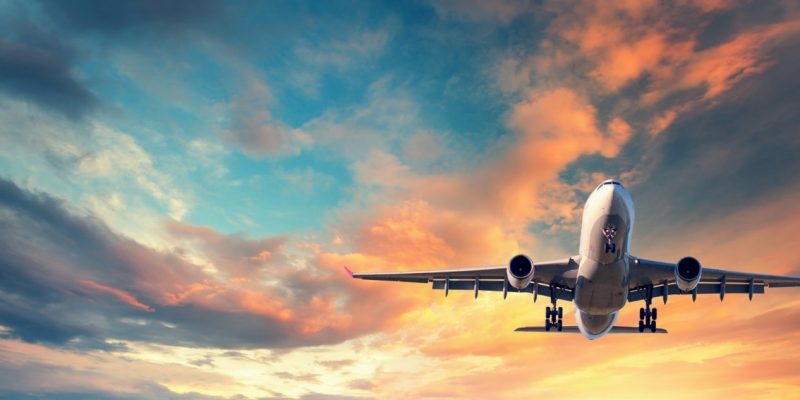Air Travel for Wheelchair Users During the COVID-19 Pandemic

Passengers with disabilities file more than 30,000 complaints every year with airliners. More than 700 mobility devices become damaged, with some that need to be replaced.
Few wheelchair users fly commercially. Even fewer are willing to fly during the COVID-19 pandemic. However, flying can be essential, and you may need to board an airplane for one reason or another.
Air travel for wheelchair users doesn’t have to be a nightmare. The challenges wheelchair users face can be reduced with a few basic actions. Here is a quick guide.
